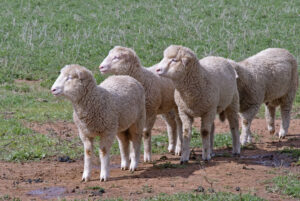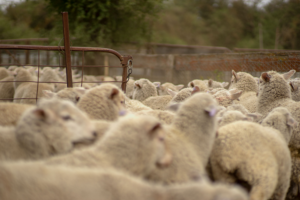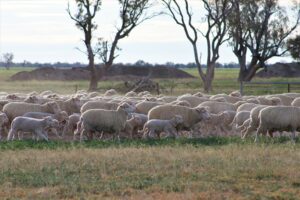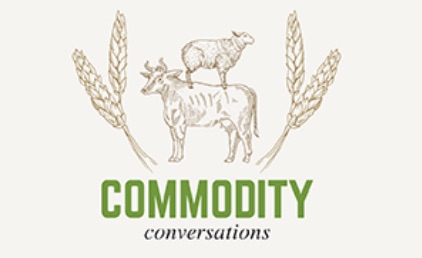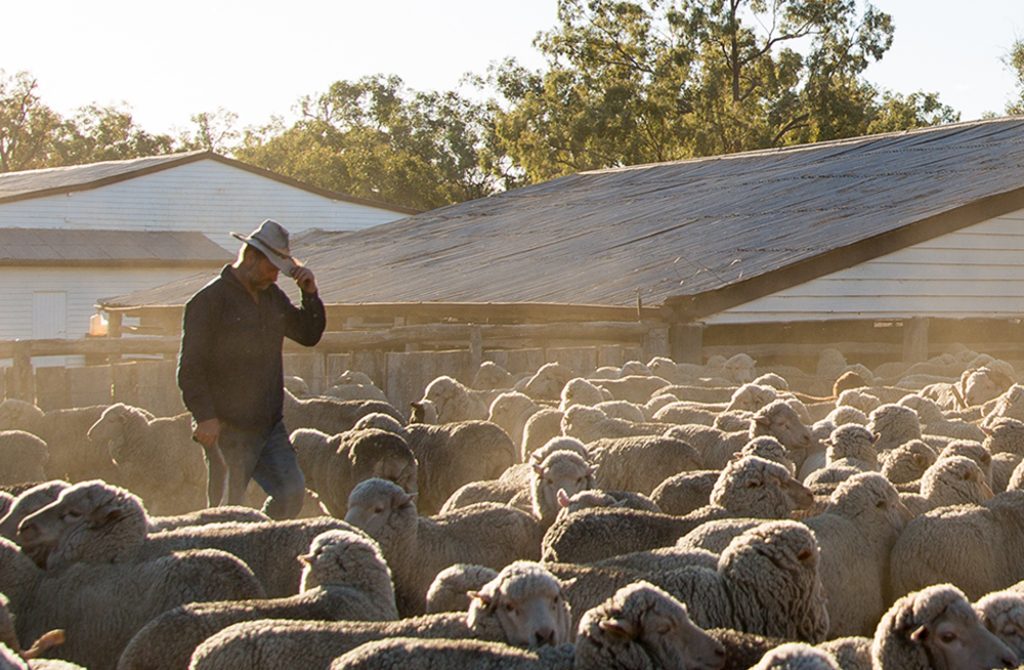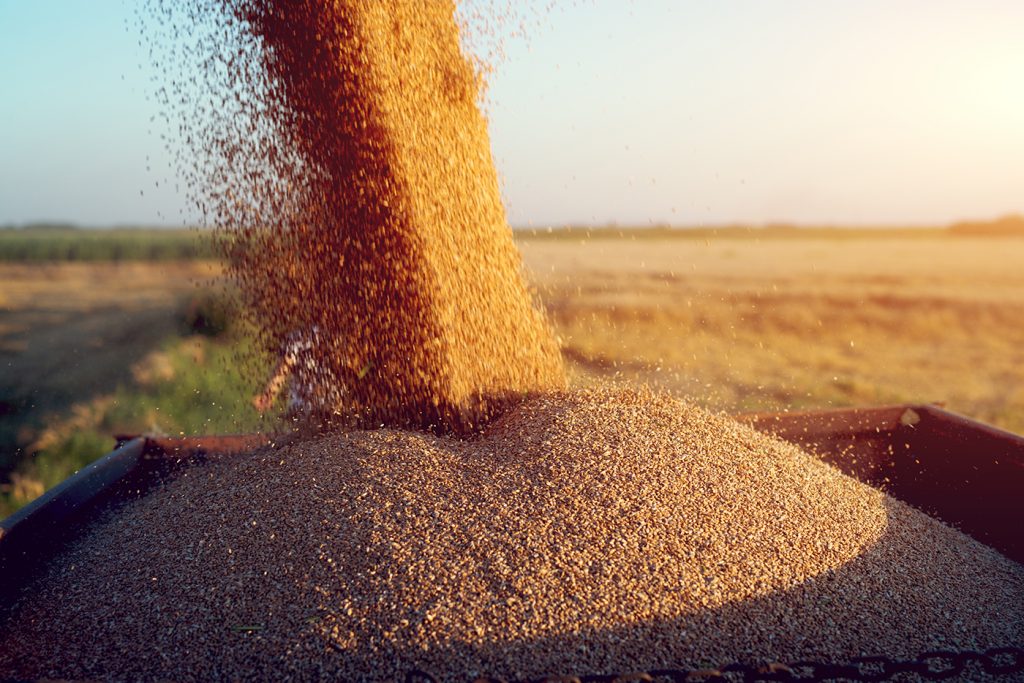While we wait to see what impact southeastern Australia’s current inundation will have on throughput and price, export demand may be sheepmeat’s only consistent factor right at the minute.
Both the volume and value of lamb in particular is at historical highs as Australia’s supply and covid-impacted markets build back up. Mutton volumes are still being restricted by the flock rebuild and processing capacity as new season lambs hit the market, but for the year-to-September are only tracking at 5% below the five year average.
Lamb export volumes for September were 21% above the five year average at 25,026 tonnes – the highest September volume since at least the year 2000. That was a slight drop from the previous month, but 13% above the same month in 2021. For the year-to-September, lamb exports are 4% higher than the same period last year, and 7% above the five year average.
The US is now clearly Australia’s biggest single country export market for lamb, taking 27% of the product sent offshore so far this calendar year. At 57,471 tonnes, this is 7% more than for the first nine months of 2021, and the third highest volume sent to the US – with still three months of the year to go. Total US production of lamb was down 7% year-on-year for the January-June period, contributing to the demand. According to Steiner consulting group, US production has climbed back up in the third quarter, but that is unlikely to continue into the final part of the year.
For the year so far, lamb exports to China are tracking at 25% lower than for the same period in 2021. However exports for September were nearly on-par with year-ago volumes, making it the third highest September volume, and about 1000 tonnes above the five-year-average.
The latest export value data available from Meat & Livestock Australia is for August, when lamb returned $314,637 – the highest monthly value on record and 20% higher than the previous August. The value for the year-to-August is close to $2.3 million, which is 20% above the same period in 2021. Mutton values, while not at record levels because of lower volumes, still performed well in August, recording the largest value for the month since 2018. For the January to August period, the mutton export value is 18% higher than the same period in the previous year.
In terms of volume, mutton exports climbed ever so slightly in September, but were still below year-ago-levels and the five-year-average for the month. For the calendar year so far mutton exports are tracking at 8% higher year-on-year. China remains the biggest market with 37% of the export share, taking similar volumes to last year, up just 1% for the year so far compared to 2021.
What does it mean?
We can see from both volume and value that demand is well and truly keeping pace with growing lamb supply. That supply is likely to be significantly impacted by rainfall in the east, which could keep prices heading in the right direction for those that are able to get lambs to the processor in the next few weeks.
Have any questions or comments?
Key Points
- Lamb export volumes remained strong in September, well above the five year average and the highest level for that particular month in at least 20 years.
- Mutton exports volumes remain below average, but increased on the previous month, sitting at their second highest monthly level for the calendar year.
- Latest lamb export value data (August) has it hitting record highs.
Click on figure to expand
Click on figure to expand
Click on figure to expand
Data sources: MLA, Mecardo








